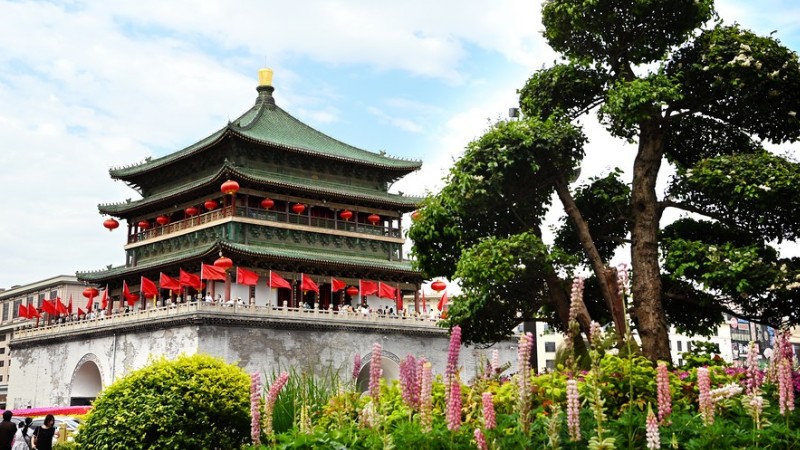China's space technology experiments yield fruitful results
BEIJING, May 10 (Xinhua) -- For the first time ever, China has completed in-orbit experiments on liquid metal thermal management on its space station, the China Manned Space Agency (CMSA) has announced.
During the experiments, the device operated stably, and a series of key technologies of bismuth-based metal, such as controlled melting, expansion and convection heat transfer were verified in microgravity, the CMSA said.
Mounted in the Space Basic Experiment Cabinet on the country's space lab module Mengtian, the device is one of the space station's first five experiments on space technology. The objective of these experiments is to obtain knowledge that can support more experimental possibilities and human survival in outer space.
Since the cabinet onboard the lab module was launched last October, it has yielded fruitful results in space technology experiments, including verifying the performance of liquid metals in space.
The liquid metals include alloyed metals, like bismuth-based and gallium-based ones, that can flow at a normal temperature or slightly higher while keeping metallic properties. They change into a solid state when the temperature drops.
Several desirable properties of liquid metals such as good conductivity, high boiling points and good capacity for heat transmission make them promising in the application of future space missions.
The experimental device of liquid metal thermal management operating in orbit was developed by the Technical Institute of Physics and Chemistry under the Chinese Academy of Sciences. It was designed based on bismuth-based metal.
Since the device entered the orbit, several tests and experiments have been conducted, obtaining data on convection heat transfer of liquid metals and their phase change temperature control in microgravity, said the CMSA.
It is also the first time that the country has carried out such experiments in space, the CMSA added.
Another result of the experiment cabinet comes from its drawer that is set to evaluate the hazards of chippings produced by a device based on friction between electric brushes and slip rings. The device is widely used for power and signal transfer in a satellite's electromechanical products, such as solar array drive assembly.
It had been previously unknown how those chippings will affect space work when they float under vacuum, weightlessness and complex electromagnetic effects, and whether such particles will move in a certain direction or cluster in microgravity, said the CMSA.
Earlier this week, the space agency announced that the generation process of such rubbing fragments and their cluster were observed during the five-month experiments.
"The finding marks significant progress," said the CMSA, noting that it has laid a solid foundation for improving the design of slip rings on spacecraft and ensuring the stable operation of such vehicles in orbit.
It is also worth mentioning that the operation of the country's Stirling thermoelectric convertor, another of the cabinet's five experiments, realized its in-orbit verification in late March.
The heat-to-electricity convertor showed an internationally advanced conversion efficiency during its smooth operation, according to the CMSA.
Each project of the country's space technology experiments is being carried out as planned, and more results from the space station are expected, the space agency added.
Photos
Related Stories
Copyright © 2023 People's Daily Online. All Rights Reserved.









